In Photos: The Amazing Caves of Arizona
Power of association
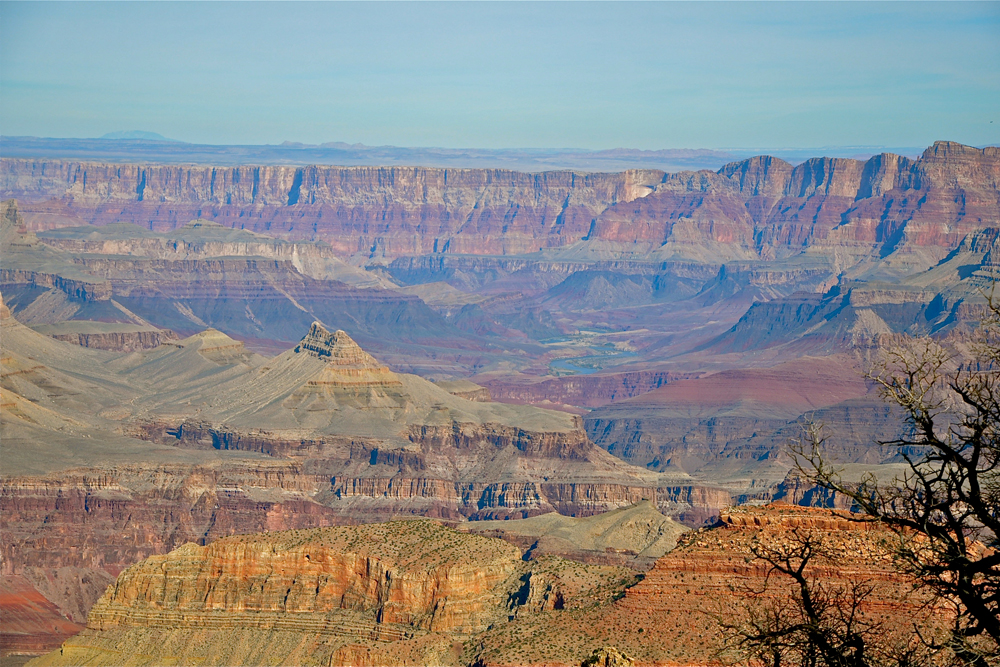
When the name Arizona appears in one of today's many modern forms of media, many will first think of the magnificent Grand Canyon, that 277 mile long (446 km), 1-mile deep (1.6 km) gash in the Earth's crust that began to form as the result of the ancient uplifting of the Colorado Plateau and the eroding forces of the Colorado River beginning some 5 million to 6 million years ago.
Beauty in a dry land
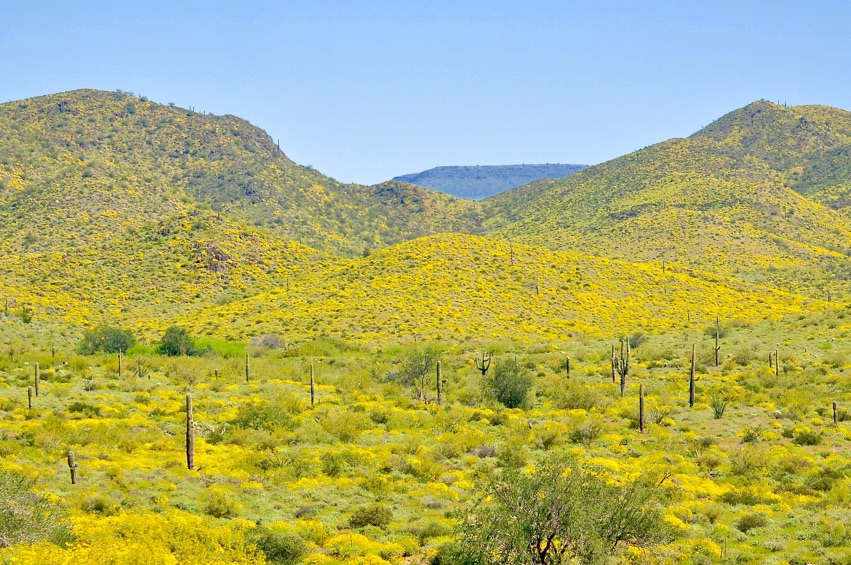
Others might think of the beautiful Sonoran Desert, that 100,000 square miles (260,000 km) of lush arid land, which is home to the magnificent saguaro cacti and which each spring is carpeted with thousands of beautiful wildflowers. Covering the southern half of Arizona, the Sonoran Desert also extends to southeastern California, most of Baja California and the majority of the state of Sonora, Mexico.
Underground treasures
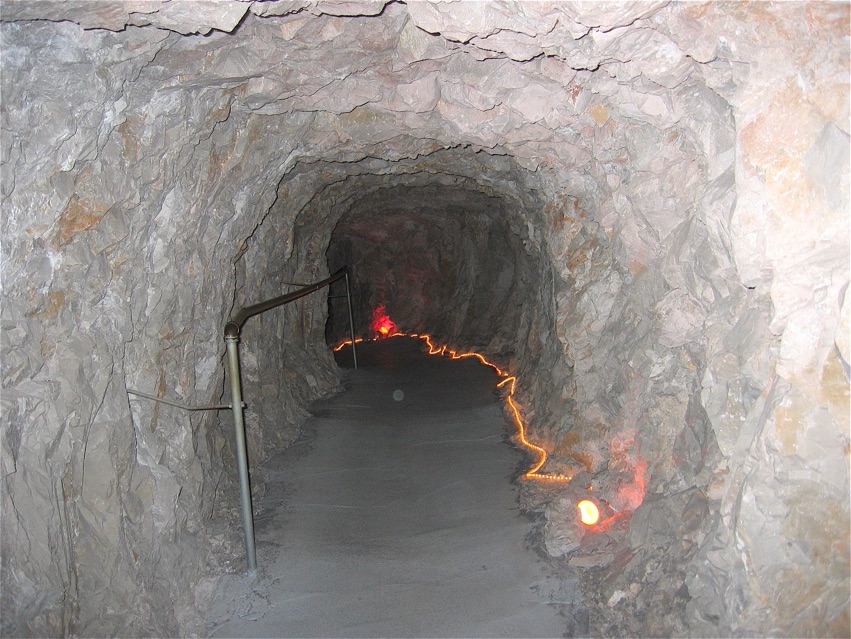
Yet, underneath the vast deserts and majestic mountains of Arizona is a whole world of caves. Arizona is truly a treasure of speleological wonders. Speleologists, scientists who study caves, estimate that over 4,000 caves lie beneath the ground of Arizona, with some 1,600 Arizona caves already having been discovered, verified and documented.
A doorway to another world
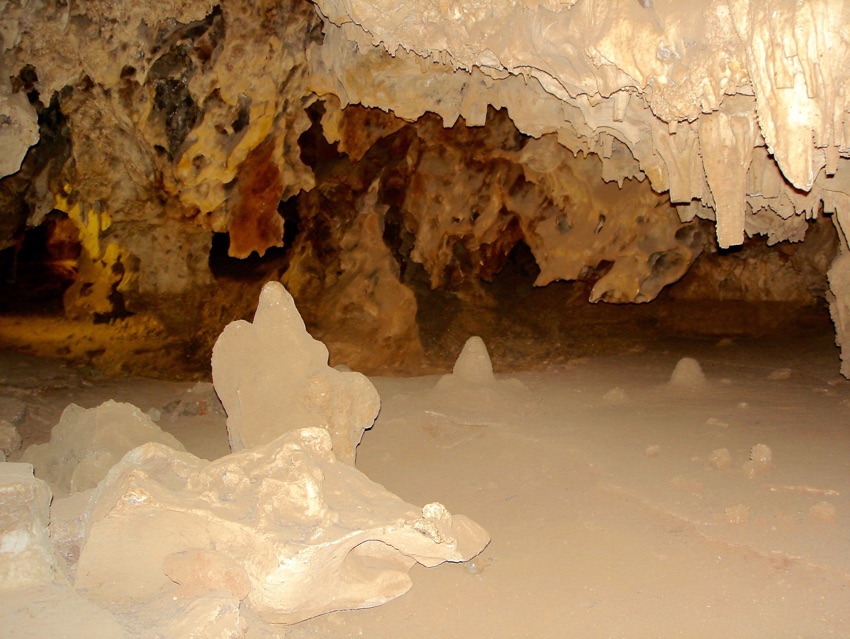
These scientists define a cave as any opening within the ground that allows for human entrance and that extends at least 50 feet (15 m) in any direction. If the opening is less than 50 feet (15 m), it is classified as a shelter. These same scientists also speculate that over 95 percent of all of Arizona's underground caverns have no opening to the surface. Here is a quick look at four of Arizona’s most spectacular and easy for the public to visit caves.
Always new
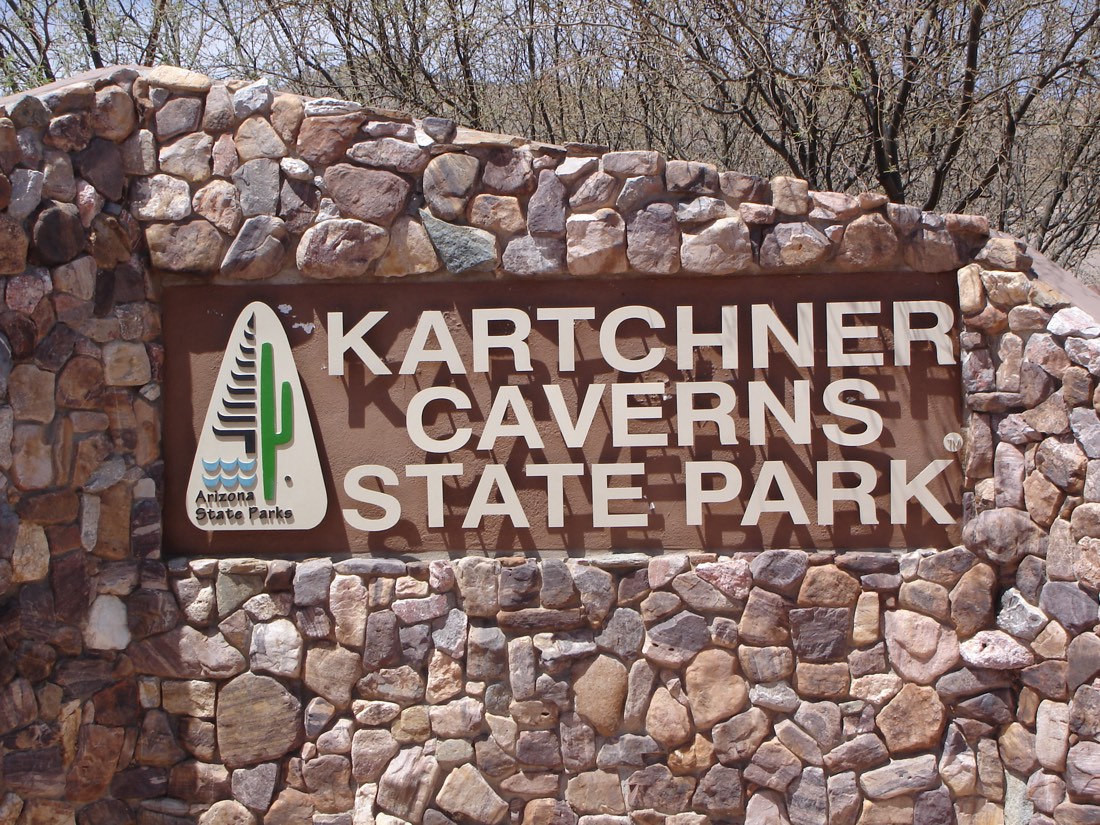
Kartchner Caverns State Park is truly the crown jewel of Arizona caves. These underground, "living" caverns have been protected as an Arizona State Park since 1988 and were first opened for public tours in 1999. Located near Benson, Arizona, well-trained park docents offer a variety of tours that change during the year since a colony of bats still use the Big Room as a nursery.
Eroding into beauty
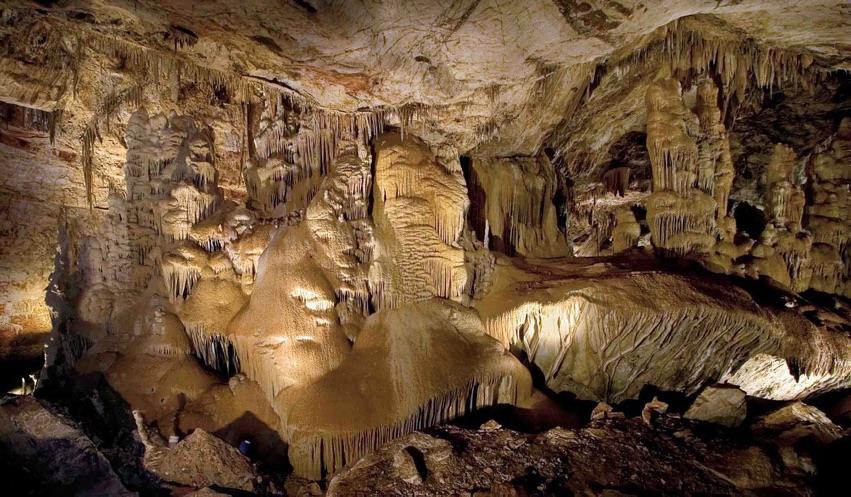
Some 330 million years ago, a shallow, inland sea covered this part of Arizona. Layers of sediment left by the sea hardened into thick strata of Escabrosa limestone. Along with other nearby rock layers, this whole area was uplifted to form what is known today as the Whetstone Mountains. But regional faulting resulted in the limestone layers dropping several thousands of feet below the mountain peaks. For the next 200,000 years rainwater seeped into the natural cracks of the Escabrosa limestone slowly dissolving passages and chambers within it. Each moving drop of water slowly releases the minerals within the openings to create the magnificent colors and speleothems that are found throughout Kartchner Caverns. Since these speleothems are still growing, Kartchner Caverns is considered a "living cave."
Stunning sights
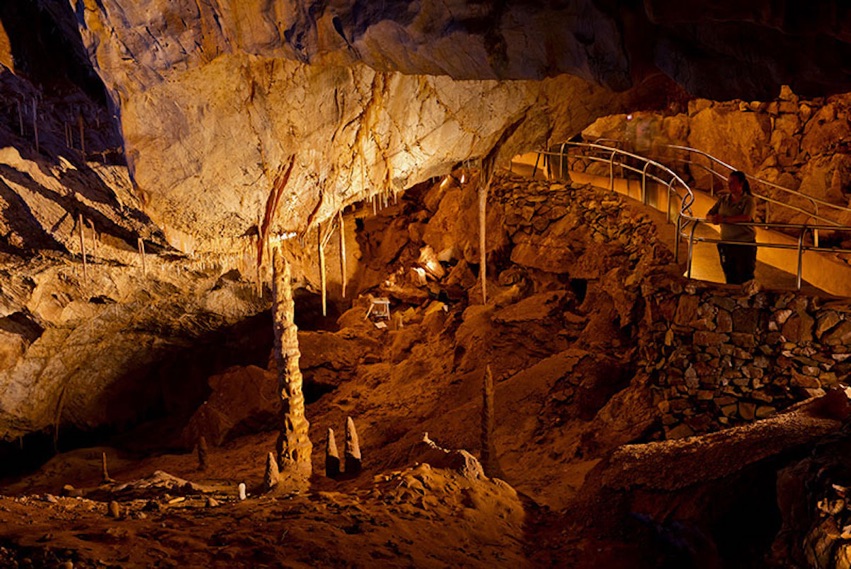
Within Kartchner Caverns, there are now 2.5 miles (4 km) of walkways that lead visitors through the kaleidoscope of colors, stalactites and stalagmites found throughout this seven acre limestone cave. Two main rooms, the Big Room and the Rotunda/Throne Room, are found along this walkway and each are the size of football fields with 100-foot-high (30.5 m) ceilings. Within Kartchner Caverns, the temperature is a constant 68 degrees Fahrenheit (20 degrees Celsius) with a year-round humidity of 98 percent. Tours of Kartchner Caverns is limited and must be scheduled through Kartchner Caverns State Park.
Sign up for the Live Science daily newsletter now
Get the world’s most fascinating discoveries delivered straight to your inbox.
A labyrinth
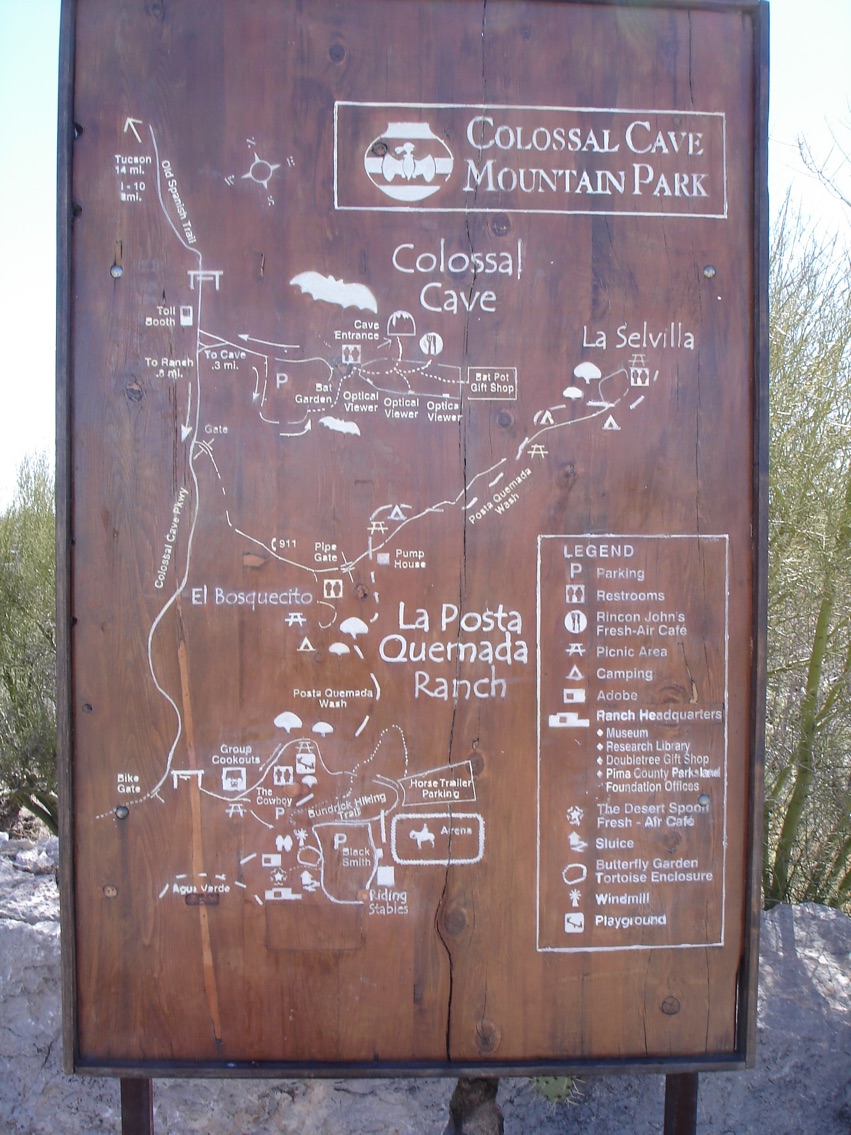
Colossal Cave is a second visitor friendly limestone cave found in southeastern Arizona. It was first discovered in 1879 and maintains a constant temperature of 70 degrees F (21 degrees C) throughout the cave. Colossal Cave is a part of Colossal Cave Mountain Park and is privately owned but open to the public daily for tours. Colossal Cave is located in the Rincon Mountains at an elevation of 3,700 feet (1,128 m).
Tourist stop

Colossal Cave is one of the largest dry caves in North America. Geologist estimate that there are nearly 40 miles (64 km) of natural tunnels within the entire cave complex. Currently only about 2 miles of these passage ways have been completely explored and documented. Groundwater seeping through Escabrosa limestone was once the sculpturing agent of Colossal Cave, but since the cave is now dry, the formation of stalactites, stalagmites, draperies and columns have now ceased and are no longer growing.
Local lore
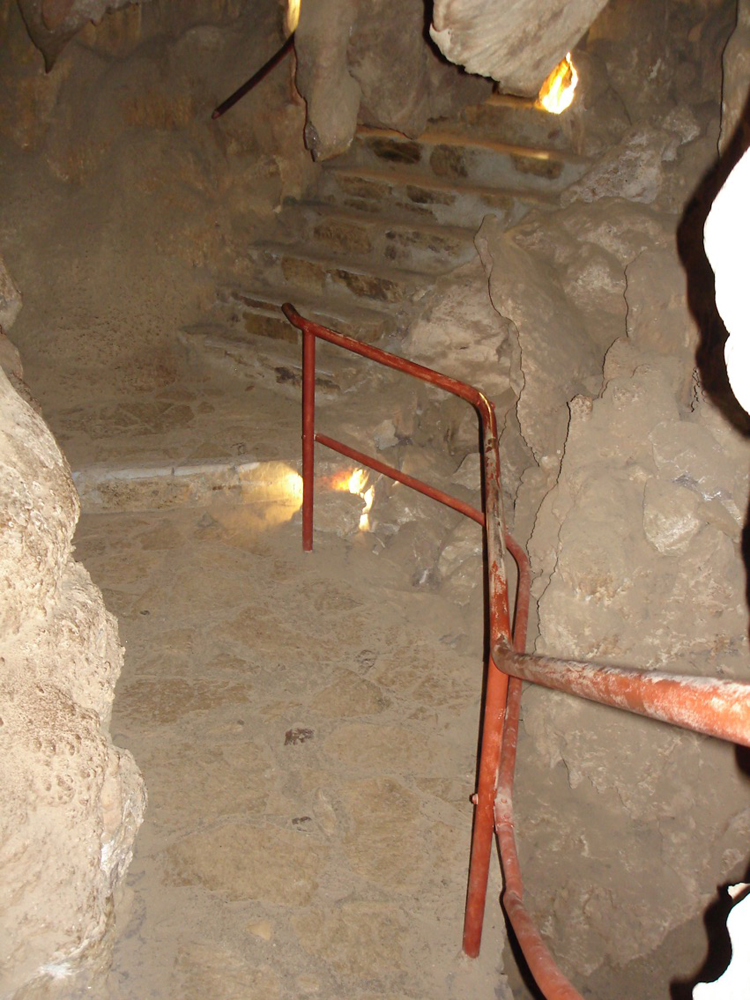
The guided tours of Colossal Cave take the cave’s explorers some 6.5 stories into the depth of the earth. The route is about a half-mile (.8 km) long, involves 363 steps and takes about and hour to complete. The cave has shown evidence of use by the local Hohokam people as well, according to legend, by a group of train robbers who used the cave as their hideout during their 1887 raids. Many locals still believe that some $60,000 of gold and silver are still hidden somewhere within Colossal Cave.
Places to explore
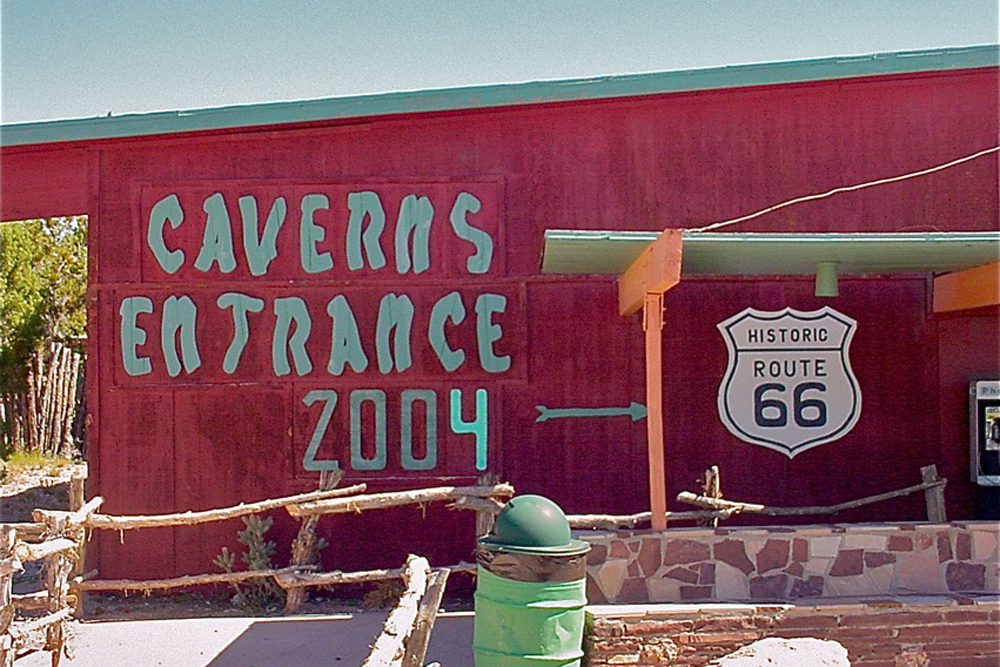
The Grand Canyon Caverns are the third group of Arizona caves that are available for everyone to explore and enjoy. Not as famous as the southern Arizona grottos of Kartchner Caverns and Colossal Cave, the Grand Canyon Caverns have been continuously open for public enjoyment since 1962. The genesis of the Grand Canyon Caverns started some 354 million years ago during the Mississippian period when the entire southwestern part of the United States was covered with a shallow ocean. Today these limestone caverns are some 5,000 feet (1,524 m) above sea level.









